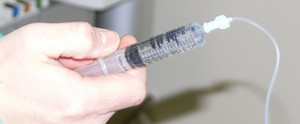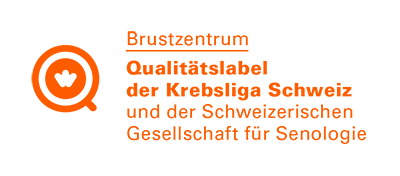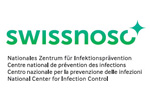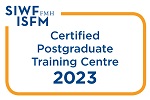Anaesthetic techniques

During general anaesthesia, carefully administered medicines bring about a temporary loss of consciousness and freedom from pain. These anaesthetic drugs are selected, dosed and administered continuously to allow you to wake up pleasantly and at the right time. Patients may experience phases of tiredness or drowsiness after receiving an anaesthetic if powerful pain-killers have to be administered repeatedly.
In regional anaesthesia, local anaesthetics are injected into specific parts of the body to make them insensitive to pain. In many cases modern ultrasound probes are used to visualize the pattern of nerves, enabling the anaesthetic to be administered even more efficiently. Regional anaesthesia of an arm or a leg can be achieved by blocking one or more nerves at the same time.
Techniques involving the spinal cord (spinal and peridural anaesthetic) achieve freedom from pain in the chest, abdomen or legs. Thin catheters are inserted so that the duration of the anaesthetic can be extended as required and/or to provide optimal post-operative pain control.
Patients who undergo surgery under regional anaesthesia may choose to stay awake, listen to music or take medication to make them sleep.
Combined anaesthesia means that regional and general anaesthetic techniques are used together. It is used routinely for major abdominal and chest surgery and leads to more rapid post-operative recovery.








